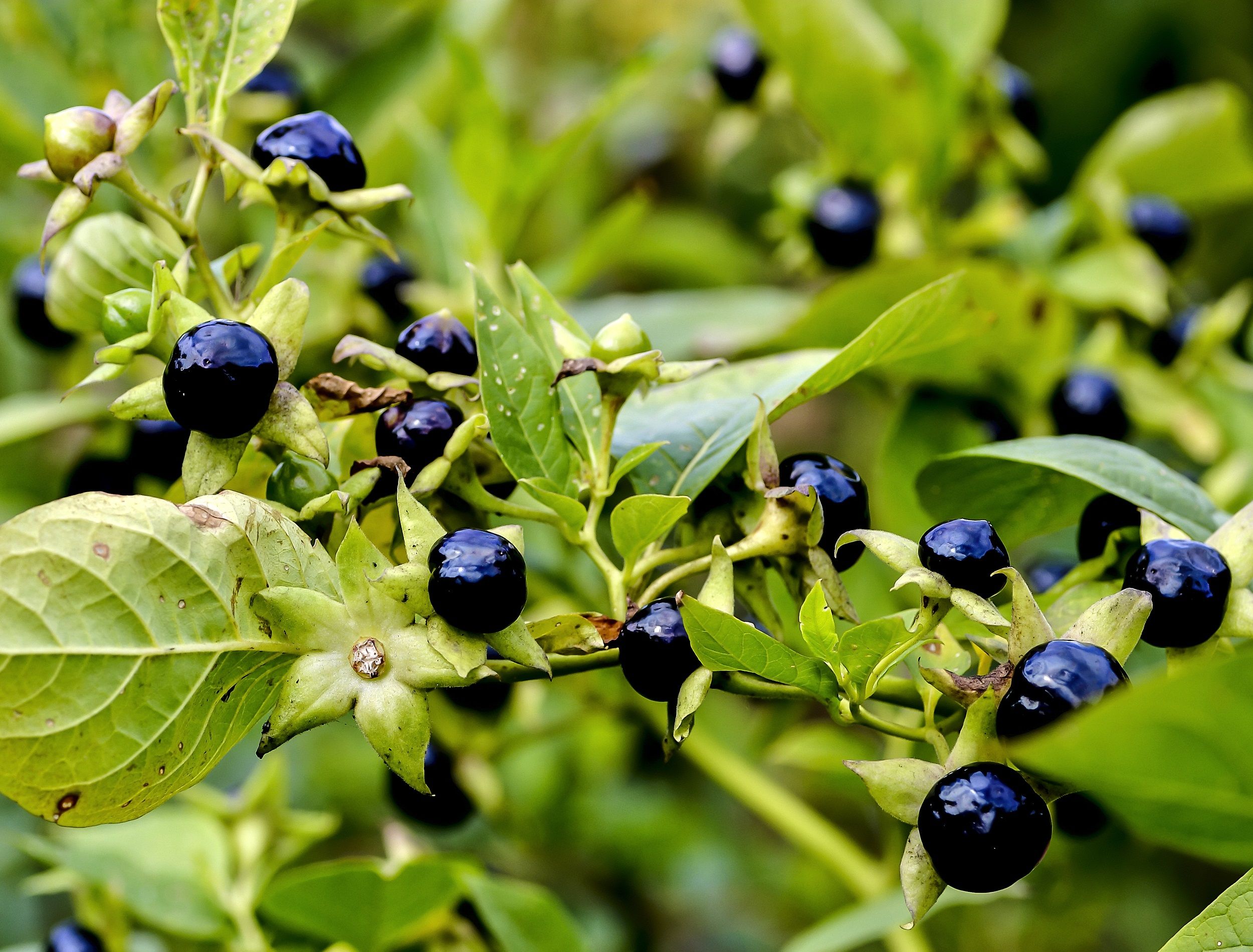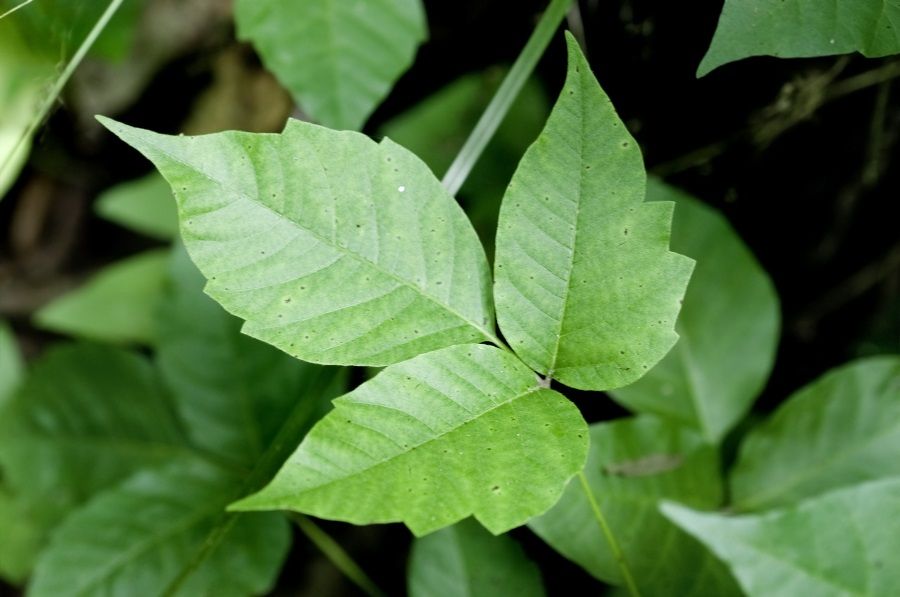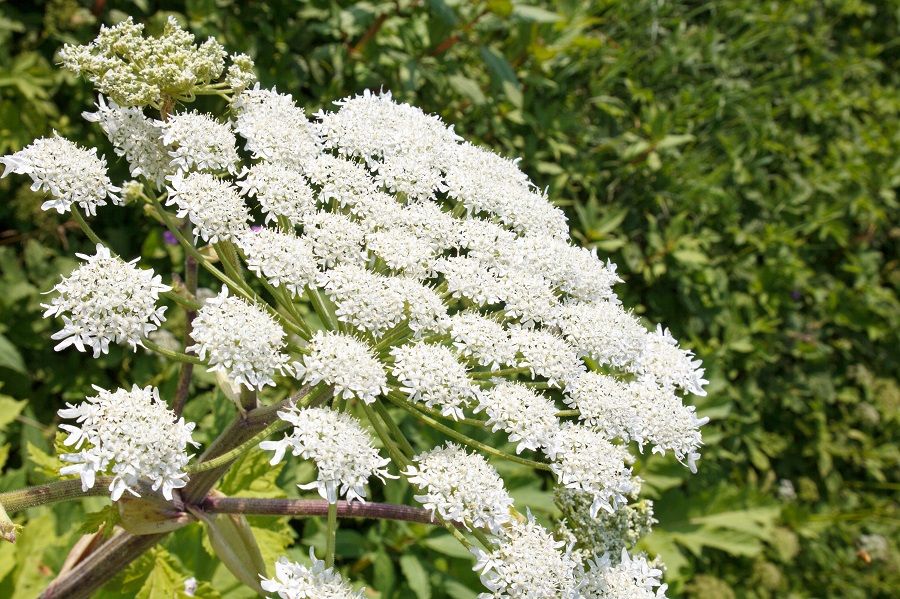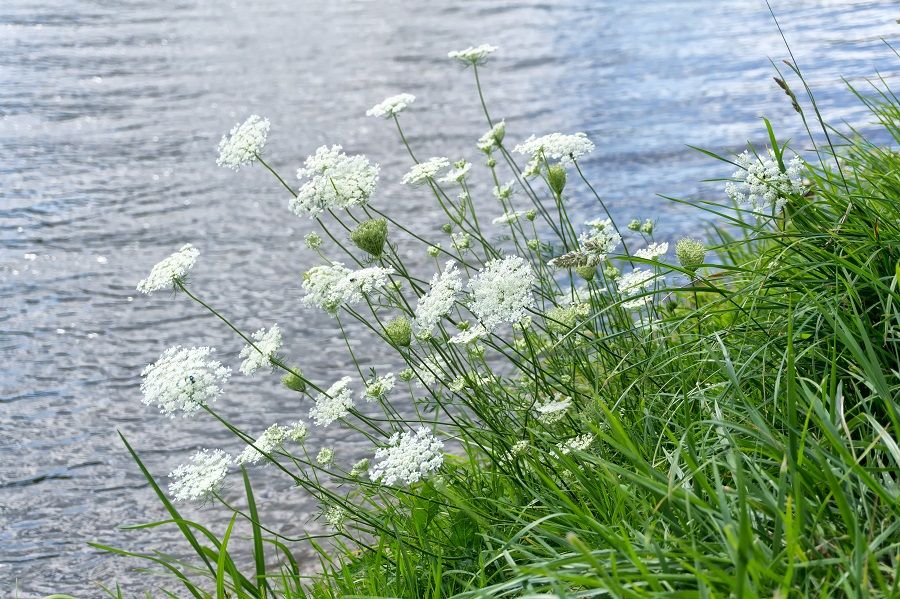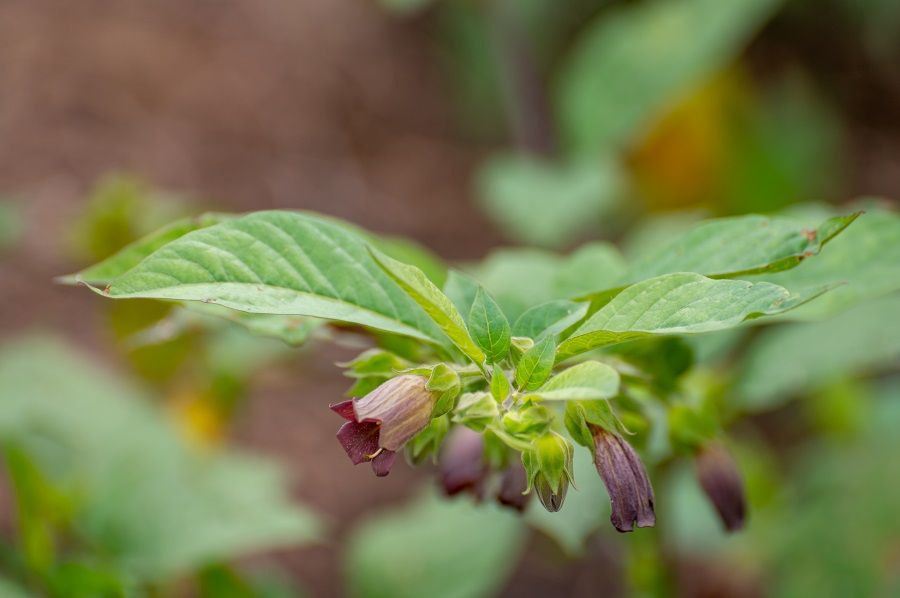Looking at a plant and wondering if it's poisonous is a common occurrence, especially if you have kids. While some plants are more harmful than others, there are quite a few that you should avoid touching or ingesting no matter what. Some of them may even be in your own backyard without you realizing!
Here is a list of five plants that you should look out for and never touch.
Poison Ivy
Image credits: Tim Mainiero via Shutterstock
Poison Ivy produces a substance called urushiol, which is found in the sap of the plant. This substance can cause an allergic reaction resulting in a rash. The reaction is caused by the body's immune system trying to fight off the urushiol, and it can be very severe. Even if you're not allergic to poison ivy, the sap can still cause irritation and pain.
If you come into contact with poison ivy, it's important to wash the area immediately with soap and water. You should also avoid touching your eyes, mouth, or any open wounds, as this can cause the sap to enter your body or spread. If you think you may have been exposed to poison ivy, it's important to see a doctor immediately.
Giant Hogweed
Image credits: Aigars Reinholds via Shutterstock
Giant hogweed is an invasive plant that can grow to be 14 feet tall! The towering plant has white flowers and large, green leaves. Although it might look pretty, don't touch it! If you come into contact with this plant, it can cause burns, blisters, and in some cases blindness.
The sap inside the leaves and stems of this plant contains photosensitizing chemicals that can make your skin sensitive to sunlight. If you come into contact with these chemicals and then expose your skin to sunlight, you may develop severe burns, sores, and scars.
Water Hemlock
Image credits: msnobody via Shutterstock
Water hemlock is one of the most deadly plants in North America. It can be found in damp, wet areas such as marshes, meadows, and stream banks. The plant gets its name from the fact that it often grows near water.
Water hemlock looks similar to other members of the carrot family, such as Queen Anne's lace and poison hemlock. It has small white flowers that grow in umbrella-shaped clusters and the leaves are divided into many small leaflets.
All sections of the water hemlock plant are poisonous. The poison is a compound called cicutoxin. Cicutoxin acts on the central nervous system and can cause seizures. Be aware, seizures caused by water hemlock are often fatal.
Call 911 or poison control immediately if you think you or someone else has been poisoned by water hemlock. Do not wait for symptoms to develop. The symptoms of water hemlock can happen quickly within 15 minutes or up to six hours.
Deadly Nightshade
Image credits: barmalinivia Shutterstock
Deadly nightshade, also known as Belladonna, is a beautiful but deadly plant that can be found in Europe and North America. The plant looks harmless enough, with its pretty purple flowers and black berries. But, don't let its looks fool you - this plant is incredibly poisonous.
If you eat just a few of the black berries from this plant, it can be fatal. Symptoms from deadly nightshade poisoning include headaches, blurred vision, convulsions, and even death. Additionally, if you touch the plant's leaves or stem, it can cause skin irritation and burning.
So, why would anyone want to touch deadly nightshade? Well, some people are curious about poisonous plants, and others may not know how dangerous the plant is. No matter the reason, it's best to avoid this plant entirely. Be sure to steer clear of deadly nightshade if you're ever in the area where it is known to grow!
Foxglove
Image credits: Slawek K
via Unsplash
Foxglove can be found in many parts of the world. This plant is native to Europe, but it has been introduced to other continents such as North America and Australia. It often grows in wooded areas, meadows, and along roadsides. It has bell-shaped flowers that can be either purple, pink, or white.
All parts of the plant are toxic and ingesting even a small amount can be deadly. Symptoms of foxglove poisoning include nausea, vomiting, diarrhea, seizures, and heart arrhythmias. The plant contains digitalis, a substance that can cause heart problems and even death. Additionally, the sap of this plant can cause skin irritation.
If you come into contact with this plant, wash the area immediately with soap and water. If you have any concerns, seek medical attention immediately.
Be Cautious!
While this list is certainly doesn't include every bad plant, it provides a good overview of some of the more common poisonous plants. As always, be sure to do your research and stay safe!
Do you have any tips or tricks for avoiding these plants? Let us know in the comments below. And don’t forget to share this post with your friends and family – they’ll want to stay safe, too!

